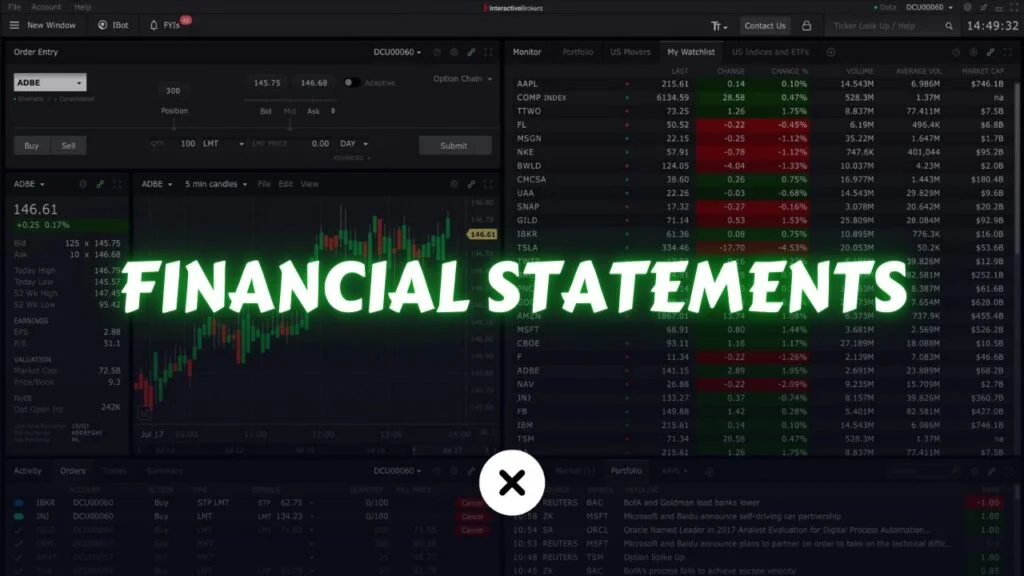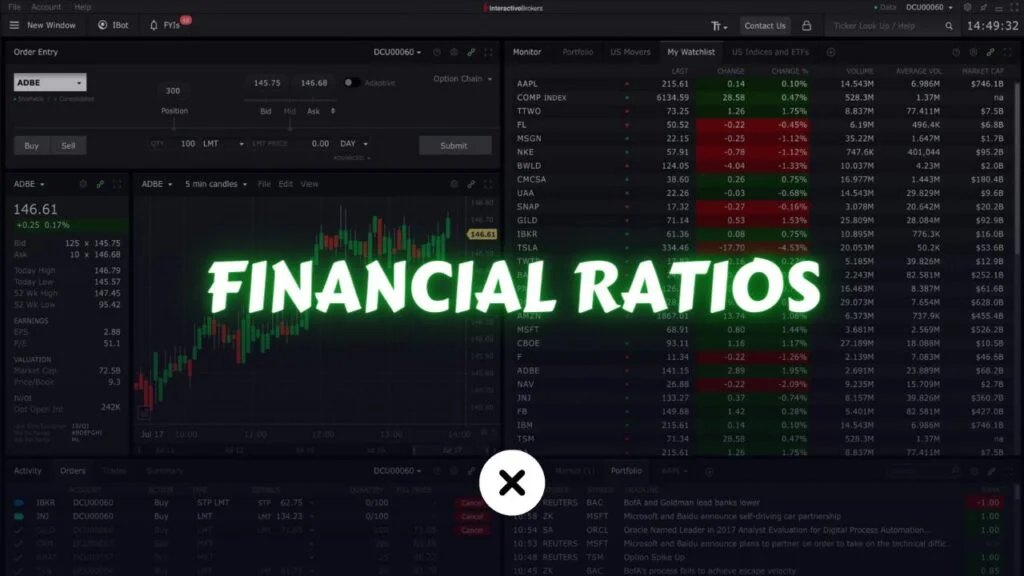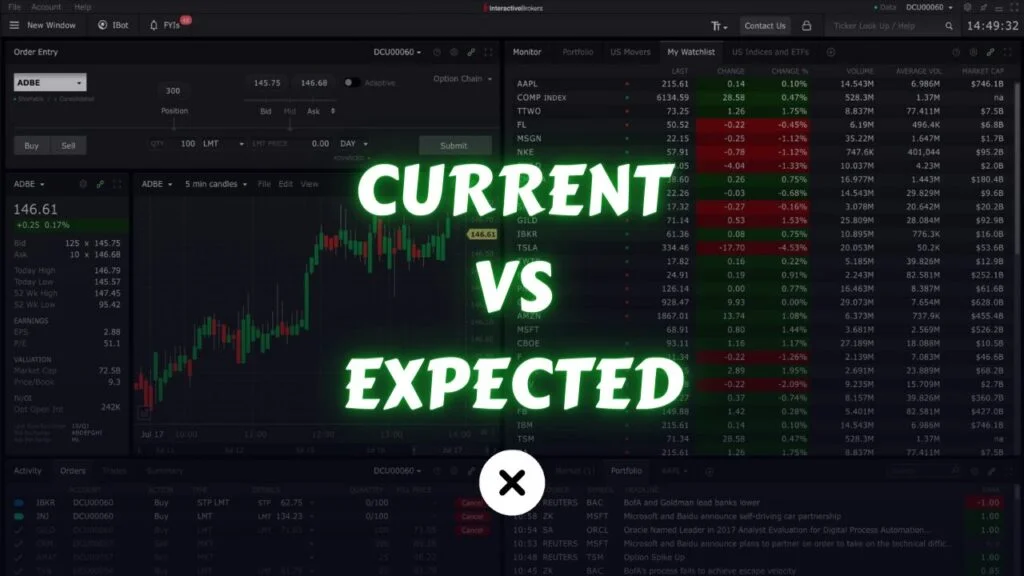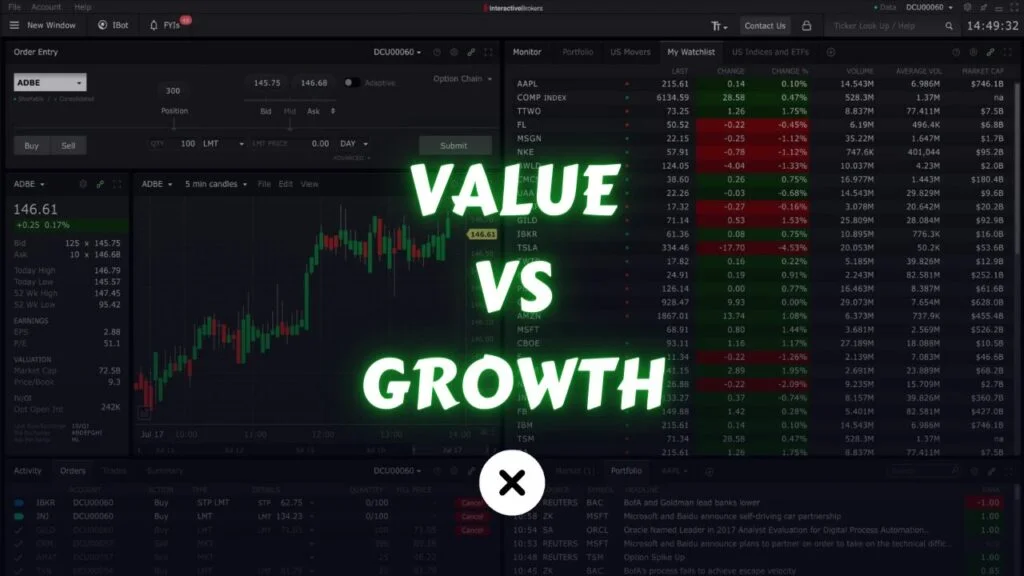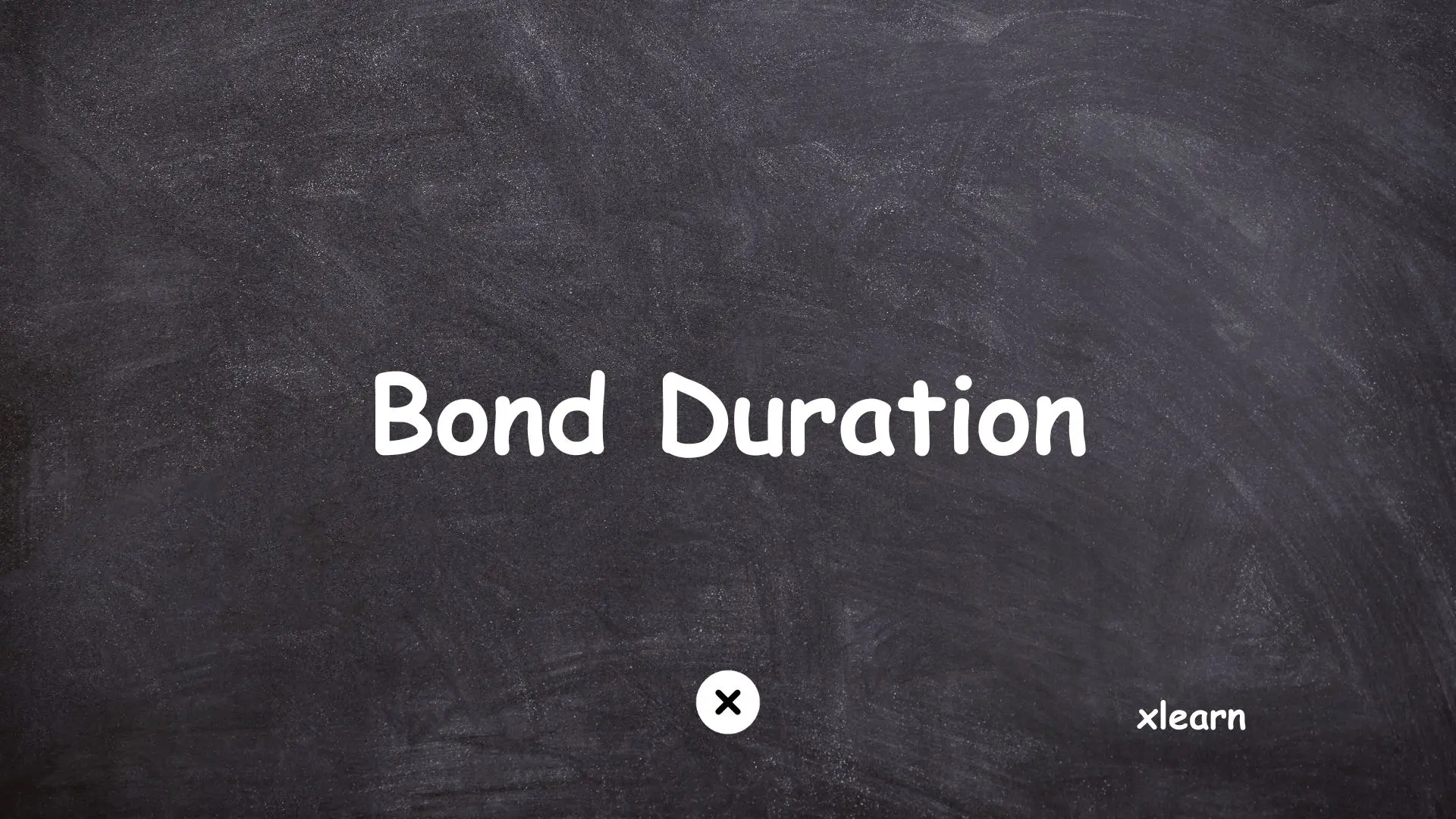
Bond duration is a measure of the sensitivity of a bond’s price to changes in interest rates.
Bond prices and interest rates have an inverse relationship. When interest rates rise, the prices of existing bonds fall, and when interest rates fall, bond prices rise. a bond with a shorter duration is less sensitive to interest rate changes, while a bond with a longer duration is more sensitive.
Let me explain
Consider two bonds in a scenario with a 10% interest rate. The first bond is a one-year bond that provides $10,000 at maturity, along with an annual payment of $1,000. The second bond is a ten-year bond, which offers $10,000 at the end and annual payments of $1,000 over the course of 10 years.
In the event of an interest rate change, which bond’s present value would be more impacted when discounting all cashflows, the ten-year bond or the one-year bond?
The ten-year bond would be more affected by an interest rate change. This is because the cashflows occurring at the end of the ten-year period are highly sensitive to even small interest rate fluctuations when discounted, resulting in significant variations in present value. In contrast, the one-year bond is less impacted because it’s only one year away from maturity, and the cashflow discounting has less time for interest rate changes to have a substantial effect.
In essence, longer-term bonds exhibit greater sensitivity to interest rate changes compared to shorter-term bonds. A bond nearing maturity in just three months will experience far less price fluctuation in response to interest rate shifts when contrasted with a 30-year bond.
We gauge this level of fluctuation using a metric known as bond duration.
What is bond duration?
Bond duration is a financial metric that measures the weighted average time it takes for an investor to receive the cash flows generated by a bond, including both periodic interest payments and the return of the bond’s principal at maturity.
Bond duration quantifies how much a bond’s price is expected to change in response to a 1% change in interest rates.
Calculation:
Bond duration is typically measured in years. It’s calculated as a weighted average of the time it takes to receive the bond’s cash flows, such as coupon payments and the return of the bond’s face value (par value) at maturity.
The formula for calculating bond duration is:
Bond Duration = (Σ [t * CFt] / Price)
- “t” represents the time to each cash flow (in years).
- “CFt” represents the cash flow at time “t.”
- “Price” is the current price of the bond.
if a bond has a duration of 5 years, it means that the bond’s price is expected to change by roughly 5% for every 1% change in interest rates. On the other hand, a bond with a duration of 10 years would see its price change by around 10% for the same interest rate change.
Example:
Imagine two bonds, both with a 5-year maturity and a face value of $1,000. Bond A offers a 3% annual coupon rate, which means it pays $30 in interest each year. Bond B, on the other hand, offers a 5% annual coupon rate, resulting in $50 in annual interest payments.
Now, let’s consider a hypothetical scenario where interest rates increase by 2%. In this situation, which of these two bonds will have the higher duration?
The answer is that Bond A, with its 3% coupon rate, will have a longer duration. This is because its coupon payments of $30 per year are relatively smaller, and a 2% increase in interest rates will affect them to a lesser extent. Bond B, with its larger annual coupon payments of $50, will have a shorter duration because these payments represent a significant portion of the bond’s total value, making it more sensitive to interest rate changes.
In summary, the duration of Bond A, with the 3% coupon, will be higher, and it will experience more significant price fluctuations when interest rates increase by 2%. Bond B, with the 5% coupon, will have a shorter duration and will be less sensitive to the same interest rate change.
Online tools are available for computing bond durations.
When we perform this calculation, we obtain a duration of 4.717 for Bond A and 4.546 for Bond B.
This means that for every 1% change in interest rates, Bond A’s price is expected to change by approximately 4.717%, and Bond B’s price is anticipated to change by approximately 4.546%. The duration serves as a helpful gauge for estimating the potential price impact of interest rate shifts. So, if interest rates were to rise by 1%, you could expect Bond A’s price to decrease by roughly 4.717%, and Bond B’s price to decrease by approximately 4.546%, all else being equal. Conversely, if interest rates were to fall by 1%, you could expect price increases of similar magnitudes for these bonds.
Conclusion
Bonds with longer durations are more responsive to shifts in interest rates.
Bond duration helps investors and portfolio managers assess and manage interest rate risk. If you expect interest rates to rise, you might choose to invest in bonds with shorter durations to minimize potential losses in your portfolio. Conversely, if you anticipate falling interest rates, longer-duration bonds might be more attractive for their potential price appreciation.
